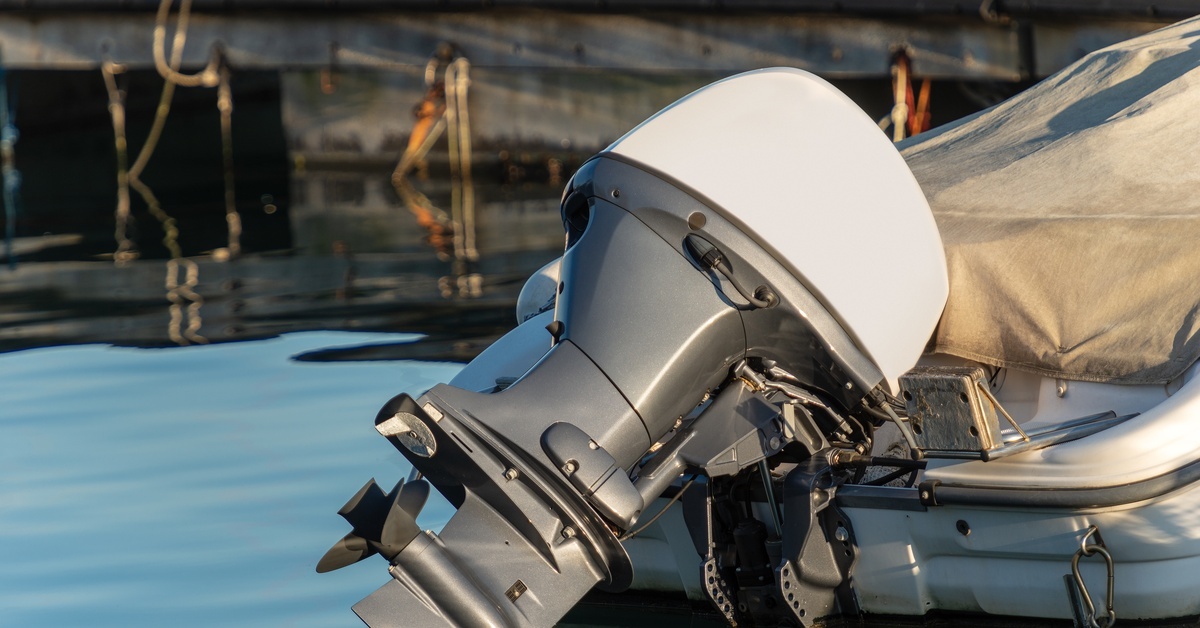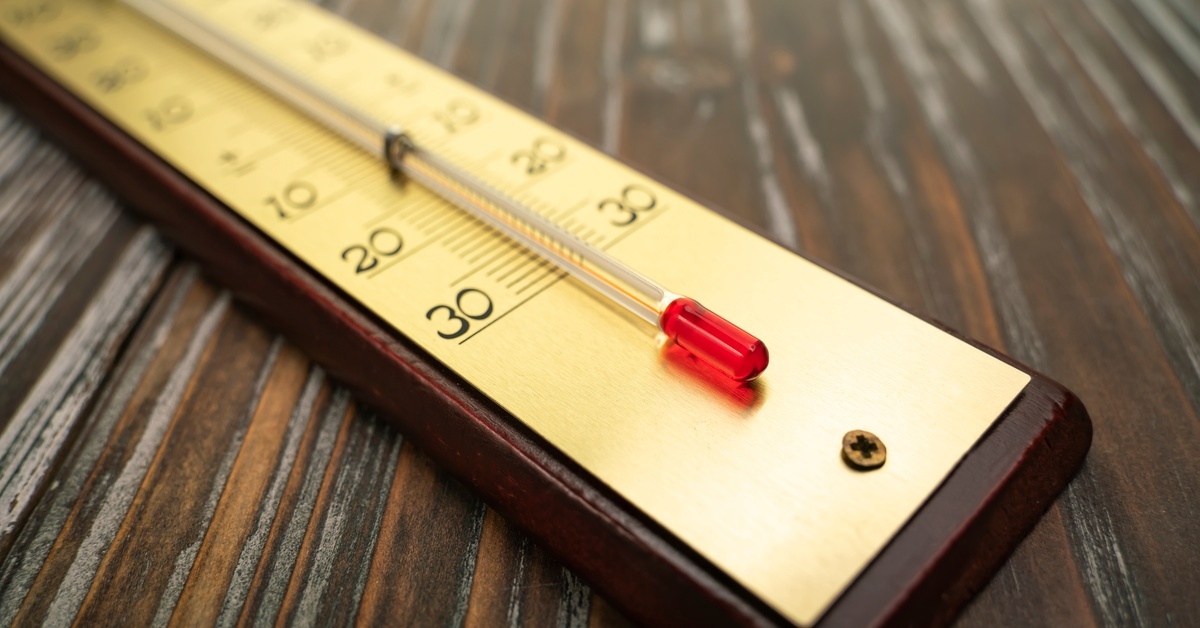What Causes a Boat’s Outboard Motor To Overheat?

Outboard motors power countless fishing trips, family outings, and long days of fun on the water. When everything runs smoothly, you barely think about the engine. However, panic sets in when the temperature gauge climbs and the smell of hot metal or smoke consumes the boat.
Overheating ruins a day on the water and causes costly damage that shortens the life of your engine. When boat owners understand the root causes of overheating, they act quickly and prevent bigger issues. What causes a boat’s outboard motor to overheat? Several common problems exist, and with the right knowledge, you can manage most of them before they cause serious damage.
Cooling System Failure
The cooling system in an outboard motor acts as its lifeline. Engines generate a lot of heat while running, and without proper cooling, that heat builds up until the metal components warp or seize.
Most outboard engines rely on a water-cooled system that draws in lake, river, or ocean water, circulates it through the engine block, and then expels it. When debris restricts or blocks that flow, the heat has nowhere to go.
Saltwater boaters often spot this problem sooner than freshwater owners. Mineral deposits and corrosion can clog small passages within the cooling system, reducing its ability to circulate water effectively. Even freshwater can build up if the motor runs through silty or muddy areas. Over time, scale accumulates in narrow passages, reducing the flow of water.
A failed cooling system usually shows warning signs before it completely overheats. Reduced water pressure, a weak telltale stream, or rising engine temperatures all signal that the system fails to circulate water the way the manufacturer intended. When you flush the motor after every use and inspect it regularly, you prevent major blockages and extend the life of the engine.
Low Coolant Levels

While most smaller outboards use direct water cooling, many larger or more advanced models use a closed-loop system similar to those found in a car. These engines rely on coolant fluid to regulate temperature, and just like in a car, low coolant levels spell trouble.
When coolant runs low, air pockets form inside the system, and the liquid cannot absorb and carry away heat. The engine overheats, often faster than expected. Coolant loss can happen in several ways:
- Small leaks at hose connections
- Cracks in the reservoir
- Worn gaskets that allow coolant to escape slowly
Some boaters mistakenly overlook coolant checks during seasonal maintenance, assuming the reservoir will remain full indefinitely. Heat and vibration take their toll, though, and coolant levels can drop without obvious signs.
The best approach involves simple diligence. When you check the coolant levels before each trip, you spend only a few minutes and avoid hours of frustration later. Keep spare coolant onboard and follow the manufacturer’s specifications for the correct fluid type.
If you top off with the wrong formula, you cause chemical reactions, corrosion, or poor performance. Reliable boating depends on how carefully you attend to these small but critical details.
Malfunctioning Water Pump
The water pump serves as the heart of an outboard’s cooling system. It draws in outside water and pushes it through the engine passages to maintain a safe temperature.
When the pump malfunctions, it fails to move enough water, and the heat climbs quickly. The pump relies on an impeller, a flexible rubber blade that spins at high speed. Over time, that impeller wears down, cracks, or even breaks apart.
When an impeller fails, the engine overheats almost immediately. Sometimes, pieces of the broken impeller lodge themselves in passages and block the water flow. Even partial wear reduces efficiency and causes the engine to overheat. Many boat manufacturers recommend replacing the impeller every two to three years; however, heavy use or running the motor in sandy water may shorten this interval.
You can test a pump without much difficulty. A weak telltale stream or irregular water flow from the exhaust indicates that the pump struggles to function. Whether you run a small fishing skiff or a larger craft powered by Yamaha outboard motors, it’s essential to inspect the water pump regularly.
Blocked Exhaust Passages
An outboard engine needs a clear path to expel exhaust gases. Those hot gases leave through passages that channel heat and pressure away from the engine block. When debris clogs those passages, the engine cannot breathe or cool properly, and it overheats. Debris, marine growth, and salt buildup all restrict exhaust paths.
In shallow or weedy waters, plants often get sucked into the lower unit and lodge inside exhaust openings. Mud and sand that enter when you beach a boat or run through flats can also build up. Saltwater use adds a layer of corrosion, which slowly closes off passages if the owner does not treat it. The result is higher back pressure, less efficient cooling, and dangerous heat buildup.
Symptoms include a change in exhaust tone, reduced power, or sudden spikes in engine temperature. To clear blocked exhaust passages, you often must disassemble and clean the system, so preventing the problem becomes the smarter choice. When you flush the motor after every trip, especially in saltwater, you remove contaminants before they have a chance to harden.
Broken Thermostat

The thermostat in an outboard motor works like the one in a car. It opens and closes based on temperature and regulates the flow of water through the cooling system. A healthy thermostat keeps the engine at the right temperature, neither too hot nor too cold. When the thermostat fails, the system loses its ability to control heat.
A thermostat that sticks closed blocks water from entering the engine, and the motor overheats within minutes. A thermostat stuck open creates the opposite problem by keeping the engine too cool. At first, that might sound safer, but it stops the engine from reaching the right temperature for efficient operation. As a result, the motor burns extra fuel and develops excess carbon deposits.
You can often identify a faulty thermostat when you observe irregular temperature swings. If the motor runs fine at idle but overheats under load, the thermostat is likely the culprit. If you replace it, you spend little compared to the cost of repairing warped cylinders or blown head gaskets. Test the thermostat whenever you service the motor to confirm it opens and closes correctly.
What causes a boat’s outboard motor to overheat? The answer lies in a handful of common issues that responsible owners can manage with attention, care, and regular maintenance. When you need to upgrade or replace your engine, trust RJ Nautical for quality outboard motors that deliver lasting performance on the water.
